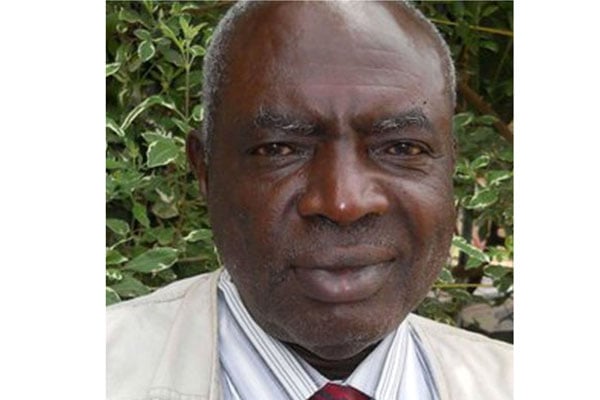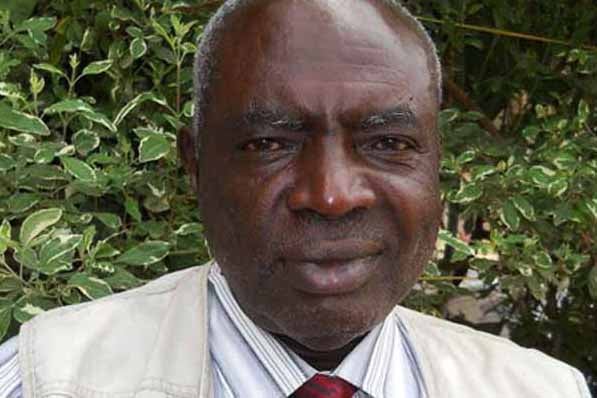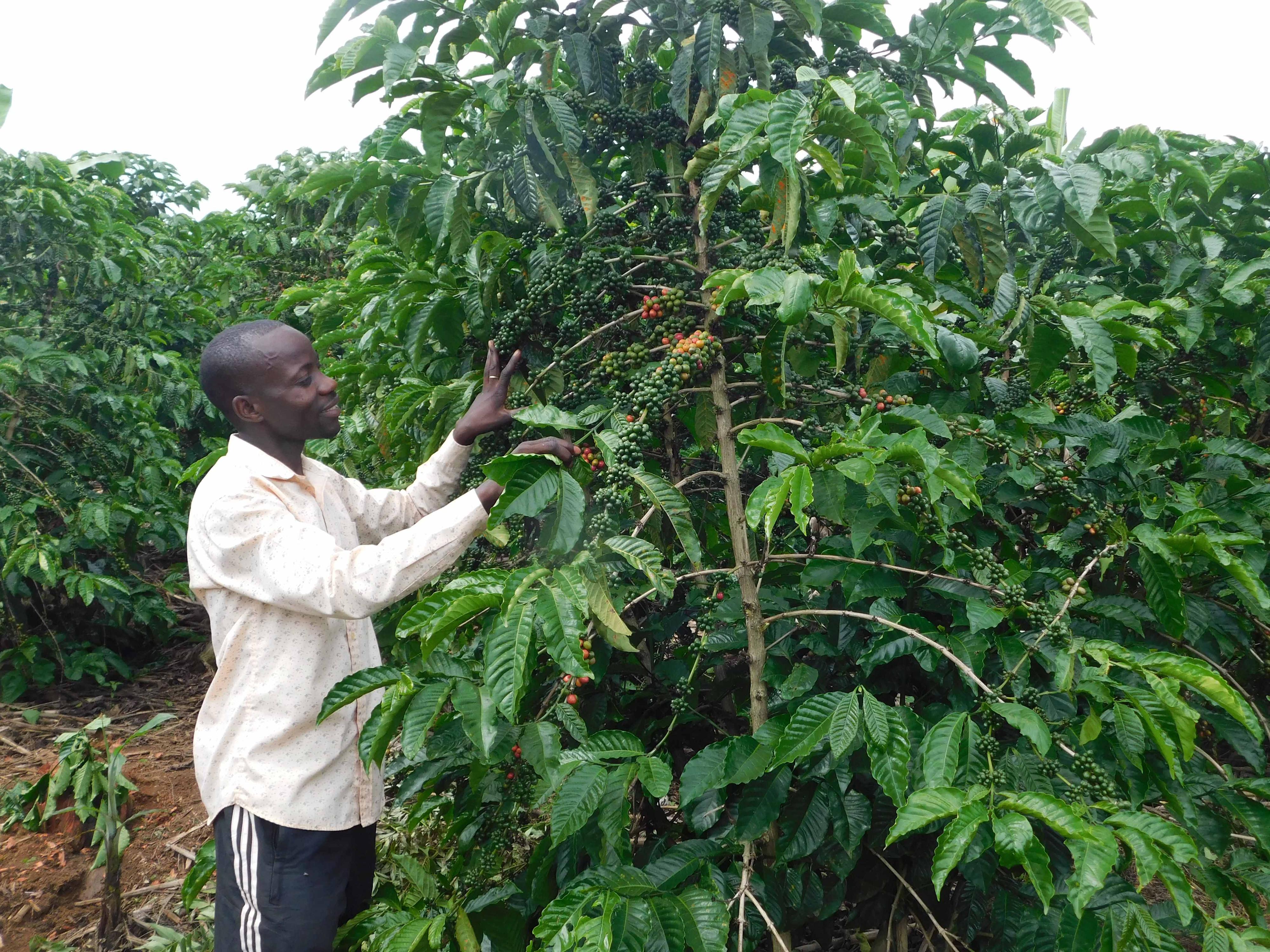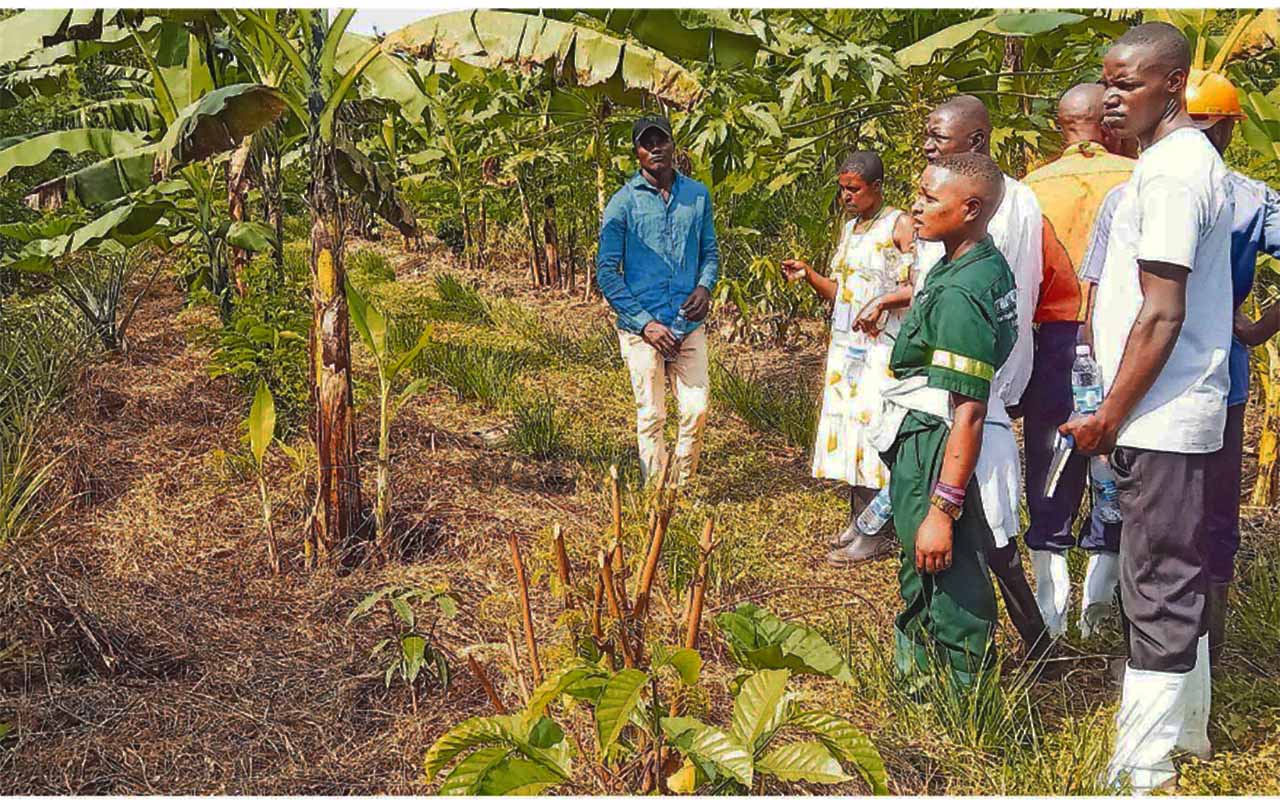
Mr Michael J. Ssali
Recently the Uganda Coffee Development Authority (UCDA) published a handbook for people growing coffee in Uganda, titled: Regenerative Agriculture in Coffee Farming Systems.
Your columnist, a coffee farmer himself, has been lucky to get a copy of the handbook with the view to share some of the ideas with the readers of the weekly Farmer’s Say in the Seeds of Gold.
The handbook has a word of warning for farmers who misuse inorganic fertilisers and pesticides. It says, “Inorganic fertilisers and pesticides have been invaluable in meeting global food demand and boosting farmer profits. However their improper use also leads to negative external environmental and health impacts. Detrimental effects on the environment can degrade the farmers’ resource bases.
Over reliance on these inputs can put farmers’ businesses at risk when prices are too high, or access becomes limited. Increasing fertiliser use efficiency and minimising toxic pesticide use can be achieved by enhancing nature- based on farm resources.”
Coffee husks can be used as manure in coffee gardens. However low coffee yields can prevent or reduce their application. The farmer has got to understand that when coffee is harvested and exported it goes with the soil nutrients that it consumes when growing on the farm.
Those nutrients must be replaced in the garden. The handbook further says that some soil nutrients are lost through erosion, leaching, and volatilisation and due to lack of access to mineral fertilisers and low availability of biomass for organic fertilisers results in low yields.
One of the recommended practices in a coffee garden is mulching. This is the placement of any organic material such as grass or tree leaves over the top of a soil surface to protect it.
According to the handbook, regenerative agriculture circularity can be achieved by using organic on-farm sources of mulching materials like shade tree leaf litter, banana leaves, well decomposed coffee husks and local grasses.
The handbook says, “The mulching material improves soil moisture, moderates soil temperature, reduces evaporation, suppresses weed growth, reduces soil losses and improves soil fertility. The handbook goes on to say that if organic materials are limited mulch can be applied as a ring 10 to 30 cm from the coffee stem. “To maximise the known benefits of mulching on coffee yields it is recommended that a mixture of organic materials is applied to the coffee farm soil system at regular intervals.








